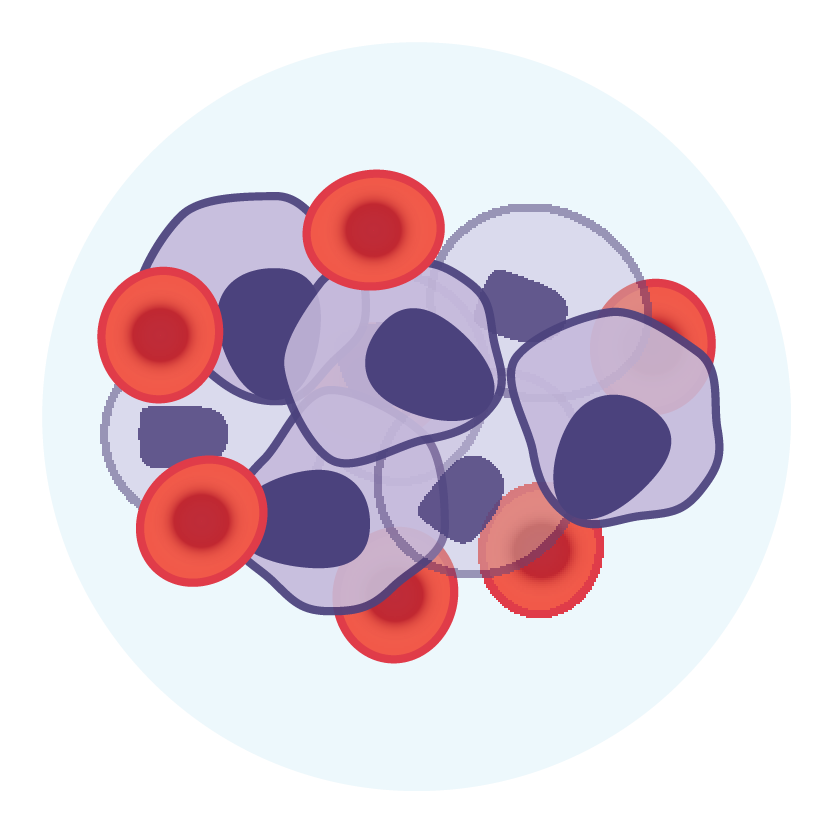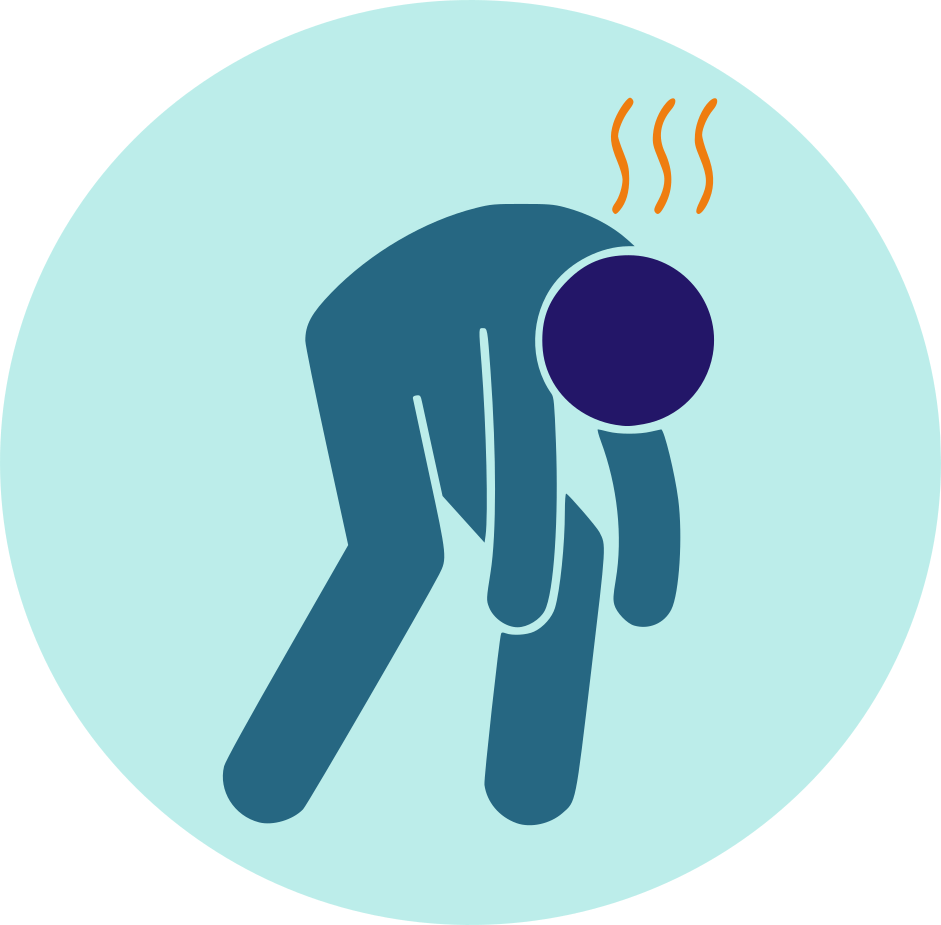| Name | Fludarabine Phosphate |
| Classes |
Anticancer/Antineoplastic Agent Antimetabolites |
| Diseases |
Cancer Chronic Lymphocytic Leukemia(CLL) |
Fludarabine Phosphate
Fludarabine is an antineoplastic drug from the class of Antimetabolites. Fludarabine phosphate is rapidly dephosphorylated to 2-fluoro-ara-A and then intracellularly phosphorylated to the active triphosphate, 2-fluoro-ara-ATP, by deoxycytidine kinase. This metabolite appears to inhibit DNA synthesis by inhibiting DNA polymerase alpha, ribonucleotide reductase, and DNA primase. This antimetabolite's mechanism of action is not fully understood and could be multifaceted.
Fludarabine is indicated for the treatment of adult patients with B-cell chronic lymphocytic leukemia (CLL) who have not responded to or whose disease has progressed during treatment with at least one standard alkylating-agent containing regimen.
- Fludarabine is recommended for adults at a dose of 25 mg/m2 administered intravenously over approximately 30 minutes daily for five days. Every 28 days, a 5-day course of treatment should begin. If there is evidence of hematologic or nonhematologic toxicity, the dose may be reduced or delayed. If neurotoxicity occurs, physicians should consider delaying or discontinuing the drug.
- Adult patients with moderate impairment of renal function (creatinine clearance 30-70 mL/min/1.73 m2) should have a 20% dose reduction of Fludarabine. Fludarabine should not be administered to patients with severely impaired renal function (creatinine clearance less than 30 mL/min/1.73 m2).
- Fludarabine should only be used under the supervision of a qualified physician who is familiar with antineoplastic therapy. Fludarabine has been shown to significantly suppress bone marrow function. Fludarabine was associated with severe neurologic effects, including blindness, coma, and death, when used at high doses in dose ranging studies in patients with acute leukemia. This severe central nervous system toxicity occurred in 36% of patients who were given doses four times the recommended dose (96 mg/m2/day for 5-7 days). Similar severe central nervous system toxicity, including coma, seizures, agitation, and confusion, has been reported in patients receiving doses within the range recommended for chronic lymphocytic leukemia.
- Instances of life-threatening and sometimes fatal autoimmune phenomena such as hemolytic anemia, autoimmune thrombocytopenia/thrombocytopenic purpura (ITP), Evan’s syndrome, and acquired hemophilia have been reported to occur after one or more cycles of treatment with Fludarabine. Patients undergoing treatment with Fludarabine should be evaluated and closely monitored for hemolysis.
- There was an unacceptably high incidence of fatal pulmonary toxicity in a clinical trial using Fludarabine in combination with pentostatin (deoxycoformycin) for the treatment of refractory chronic lymphocytic leukemia (CLL). As a result, using Fludarabine in conjunction with pentostatin is not advised.
- Fludarabine is a powerful anticancer agent with potentially serious toxic side effects. Patients who are receiving treatment should be closely monitored for signs of hematologic and nonhematologic toxicity. Periodic monitoring of peripheral blood counts is advised to detect the onset of anemia, neutropenia, and thrombocytopenia.
- Tumor lysis syndrome has been reported in CLL patients with large tumor burdens treated with Fludarabine. Because Fludarabine can cause a response as early as the first week of treatment, patients who are at risk of developing this complication should take extra precautions.
- In patients with impaired state of health, Fludarabine should be given with caution and after careful risk/benefit consideration. This applies especially for patients with severe impairment of bone marrow function (thrombocytopenia, anemia, and/or granulocytopenia), immunodeficiency or with a history of opportunistic infection.
Contraindication
Fludarabine is contraindicated in patients hypersensitive to fludarabine or any component of the formulation.
None known.
None known.
 Bangla
Bangla English
English





